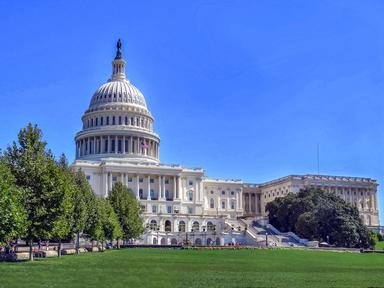Quiz Answer Key and Fun Facts
1. Which US president created the Environmental Protection Agency?
2. What does the symbol of the EPA look like?
3. What act of 1970 followed the failure of the 1967 Air Quality Act?
4. The establishment of the EPA was done in conjunction with what other US governmental organization?
5. The first George W. Bush-appointed administrator of the EPA was the former governor of which state?
6. How many people work for the EPA? (only federal, including headquarters, regions, and labs)
7. Which is NOT an office in the EPA?
8. A question about proceedings. In order to submit a comment to EPA on a proposed rule, a commentor must have their congressman sign off on the comment.
9. How many regional offices are there? Regional Offices are the federal EPA branches throughout the country.
10. I personally think that "Environmental Protection Agency" sounds cooler than the "Department of the Environment", which is the name many states use to call their own enviornmental/natural resources branch. What is one difference between being an agency and being a department?
11. Which program makes previous polluters of a site pay for the site's clean-up?
12. What is the stated mission of the EPA?
13. When did the EPA ban DDT?
14. What is the correct chronological order for the original acts (ie not ammendments)?
15. In regards to the EPA, Bush declared 2003 the year of...
Source: Author
pangaeus
This quiz was reviewed by FunTrivia editor
Bruyere before going online.
Any errors found in FunTrivia content are routinely corrected through our feedback system.

